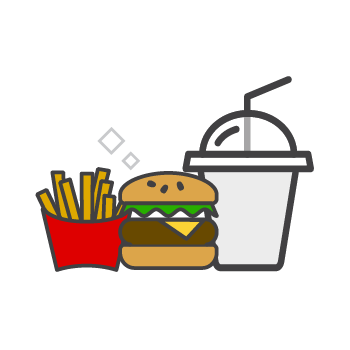Healthy Alphabet: I is For…Three Foods that are Good For You
by Karen Rollins Sep 2, 2019

We are constantly bombarded with information about what we should and shouldn’t eat which can become confusing.
Yello has decided to go for a simple approach and provide an alphabetical guide to some of the healthiest foods you can add to your diet.
We’ll be going from A-Z and listing up to five fruits and vegetables that are packed with minerals and vitamins while also providing nutritional facts on their health benefits.
We’ve covered A-H, now it’s time for I.
Iceberg Lettuce
Iceberg lettuce is a tightly packed, round head of leaves that are crisp and usually pale or light green.
According to nutritionists, iceberg lettuce is around 95% water and contains trace amounts of potassium, vitamin C, folate, magnesium, vitamin K, and phosphorus.
It is cholesterol free and low in sodium but has a relatively small amount of nutritional benefit when compared to other greener lettuces.
It’s best to store iceberg lettuce in the salad drawer at the bottom of the fridge. Once wrapped in a freezer bag the leaves should stay fresh for up to five days.
Nutrition facts (1 cup shredded):
*10.1 calories
*0.1 grams of fat (0% of daily value (DV))
*7.2 milligrams (mg) of sodium (0% DV)
*17.4 micrograms (mcg) of vitamin K (22% DV)
*361 international units (IU) of vitamin A (7% DV)
*0.9 grams of dietary fibre (3% DV)
*0.1 mg of manganese (4% DV)
*20.9 mcg of folate (5% DV)
Idaho potatoes
Idaho potatoes are readily available in most supermarkets in the Caribbean.
Like most other potatoes, Idaho’s are fat-free, cholesterol-free, gluten-free and a good source of dietary fibre.
They are also full of essential vitamins and minerals including vitamin B6 and vitamin C and contain more potassium than a medium-sized banana.
The Idaho Potato Commission provides this advice for consumers: “Genuine Idaho potatoes have a rounded, somewhat elongated shape, few and shallow eyes, net-textured skin and a deep brown colour. Look for clean, smooth, firm-textured potatoes that have no cuts, bruises or discolouration.”
Nutrition facts (one potato):
*110 calories
*2 grams of dietary fibre (7% DV)
*26 grams of carbohydrate (9% DV)
*27 mg of vitamin C (30% DV)
*620 mg of potassium (15% DV)
*0.2 mg of vitamin B6 (10% DV)
*1.1 mg of iron (6% DV)
*20 mg of calcium (2% DV)
Inca berries
Inca berries, also known as golden berries or cape gooseberries, are native to Peru and grow organically in the volcanic rich soil in high altitude regions of South America.
These berries have become popular in recent times because of their dense nutritional value compared to their size and can usually be found dried or covered in chocolate in specialty stores or health food shops.
Packed full of antioxidants, high in protein and fibre, and a good source of vitamin C and potassium, Inca berries belong to the Solanaceae, or nightshade range of foods, and are closely related to aubergine (or eggplant).
Nutrition facts (45 gram serving):
*549 calories
*18.5 grams of sugar
*1.5 grams of fat
*8 grams of fibre (27% DV)
*4.5 mg of vitamin C (10% DV)
*675 mg of potassium (18% DV)
*99 mg of phosphorus (10% DV)
*3.3 grams of protein
Watch out for the rest of the healthy food alphabet in this series to be published on Find Yello, and click to take a look at the previous A, B, C, D, E, F, G and H articles.
Sources: The Food Coach / Nutrition Data / Livestrong / Healthline / Idaho Potato Commission/ Naked Foods/ Incaberry.com








